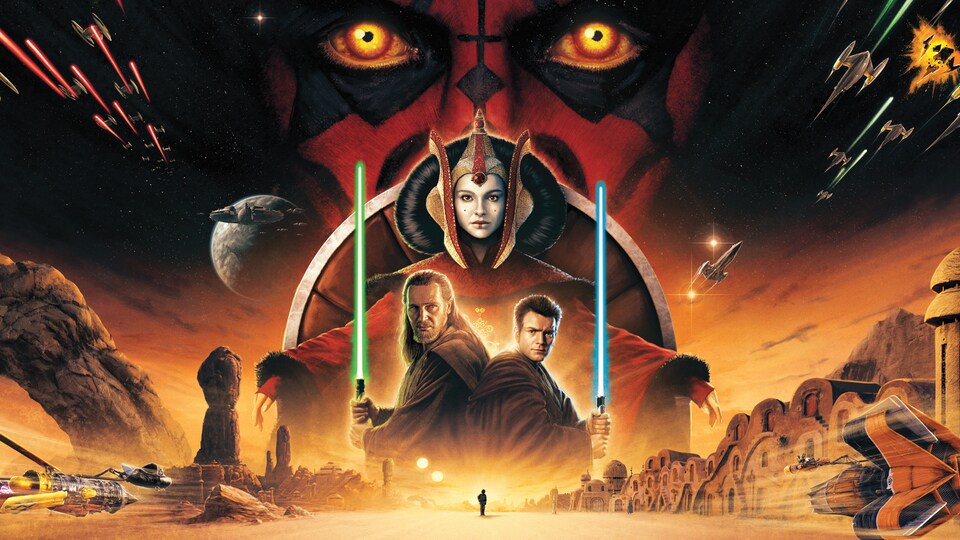In a move that underscores the profound influence of John Williams’ musical brilliance on the Star Wars universe, “The Imperial March” has been officially recognised as a canonical anthem of the Galactic Empire. Since its debut in The Empire Strikes Back in 1980, Williams’ composition has achieved iconic status, becoming a defining element of the Star Wars franchise and now cementing its role within the universe itself.
From its introduction, “The Imperial March” has transcended its function as a mere piece of film music to become a symbol of the Empire, both in popular culture and within the Star Wars narrative. It has been featured in every Star Wars film since The Empire Strikes Back, reinforcing its significance as a central element of the franchise’s musical identity.
The March’s Canonical Journey
The transition of “The Imperial March” from a composition rooted in our world to a significant part of the Star Wars galaxy has been gradual. Diegetic music—pieces that characters within the Star Wars universe can hear—has been a recurring feature of the franchise. This includes everything from the alien melodies performed by Sy Snootles in Return of the Jedi to the electronic soundscapes of Coruscant in the prequel trilogy. Most of these musical elements employ unfamiliar languages and exotic instruments, enhancing the otherworldly atmosphere of the galaxy.
Yet, “The Imperial March” stands out as a rare instance where Earthly music is integrated into the fictional universe. The idea that “The Imperial March” might exist within the Star Wars universe was first explored in the 1997 Star Wars Legends novel The Paradise Snare by A.C. Crispin. This notion gained further prominence with the release of Solo: A Star Wars Story, where the song is featured in an advertisement on Corellia, establishing its role as an in-universe symbol of the Empire.
Ancient Sith Echoes
The origins of “The Imperial March” within the Star Wars universe are both fascinating and potentially far-reaching. The concept that the anthem might have origins in ancient Sith traditions adds an intriguing dimension to its significance. The Legends game Star Wars: The Old Republic proposed a compelling theory: the melody of “The Imperial March” could have been used by the Sith thousands of years before the rise of the Empire.
In The Old Republic, a Sith apprentice named Ashara Zavros hums a tune that closely resembles “The Imperial March”. While this could be interpreted as a reference to the music of the films, it also suggests the possibility that the Sith might have adopted this melody as part of their own cultural heritage. Should this be the case, it would align with Emperor Palpatine’s embrace of Sith traditions, reflecting his view of himself as the ultimate embodiment of Sith ideology. The adoption of the anthem would thus symbolise the Empire’s continuity with the Sith’s dark legacy.
Cultural and Canonical Impact
The official recognition of “The Imperial March” as a canonical piece of the Star Wars universe is more than a nod to its popularity; it is a testament to the seamless integration of real-world artistry into fictional realms. John Williams’ composition has become more than just a musical score; it is a cultural icon that bridges the gap between our world and the expansive galaxy of Star Wars.
As “The Imperial March” continues to resonate with audiences globally, its canonical status within the Star Wars universe enriches the lore and offers fans a deeper appreciation of its significance. This integration of such an iconic piece into the narrative highlights the profound impact of Williams’ work on both the fictional and real worlds, underscoring the lasting legacy of his contributions to cinema.
As the Star Wars franchise evolves, the enduring presence of “The Imperial March” in both its canonical and cultural forms suggests that its influence will remain significant. Whether through new films, series, or expanded media, the anthem’s role as a symbol of the Empire and its dark legacy is likely to persist. As fans and creators celebrate this fusion of real and imagined worlds, the anthem serves as a powerful reminder of the impact music can have on storytelling and cultural memory.
In summary, the official canonisation of “The Imperial March” serves as a fitting tribute to John Williams’ monumental contribution to the Star Wars universe. It not only highlights the song’s importance within the galaxy but also celebrates its role in shaping the broader cultural landscape of science fiction. As we anticipate future developments in the Star Wars saga, it is evident that the echoes of Williams’ iconic composition will continue to resonate across the stars.


